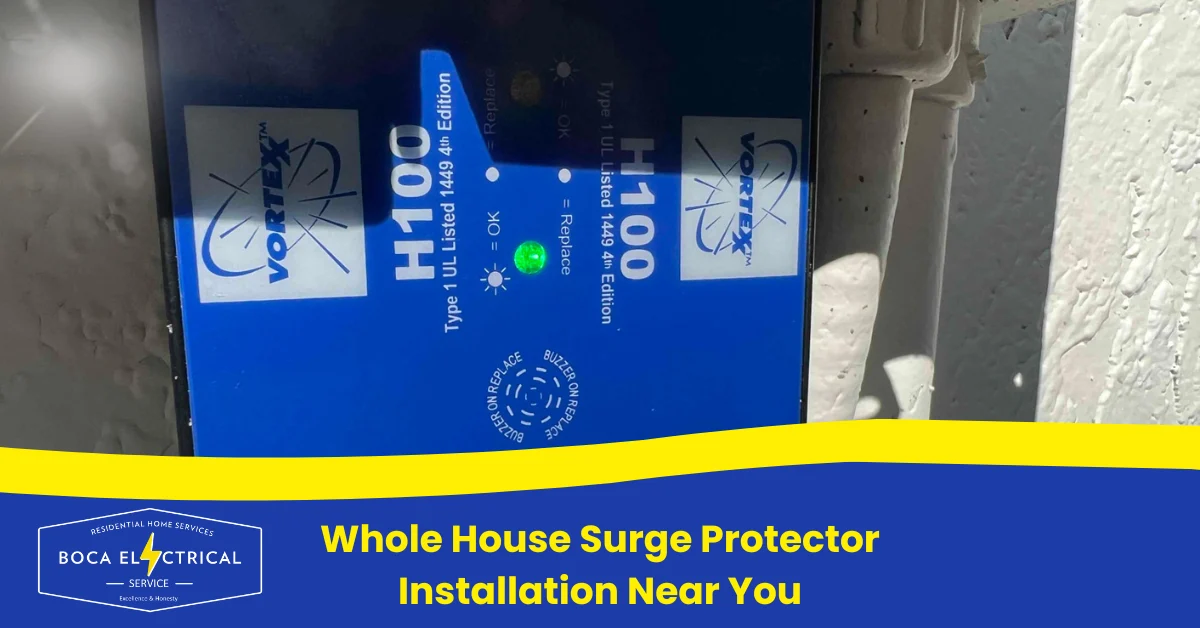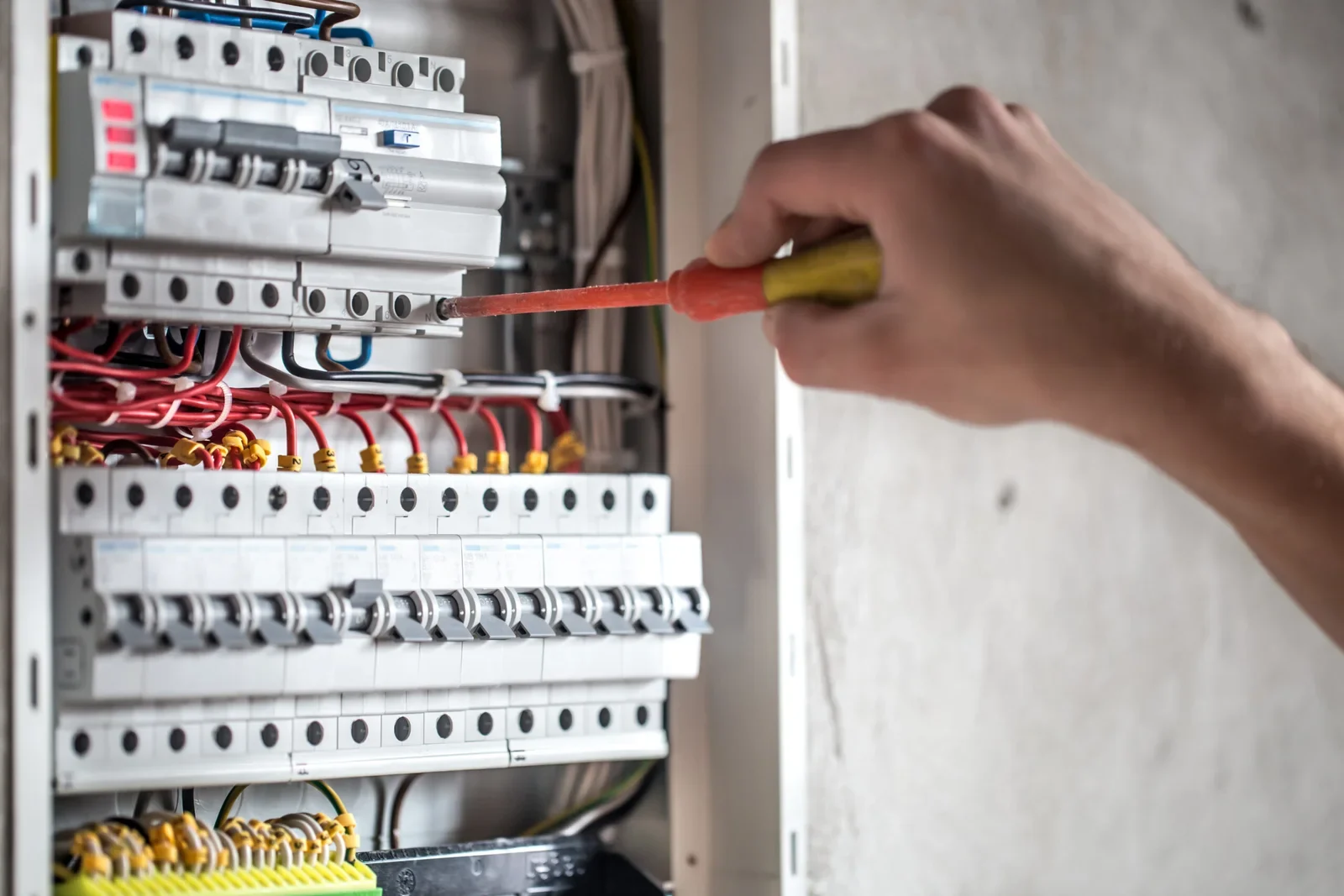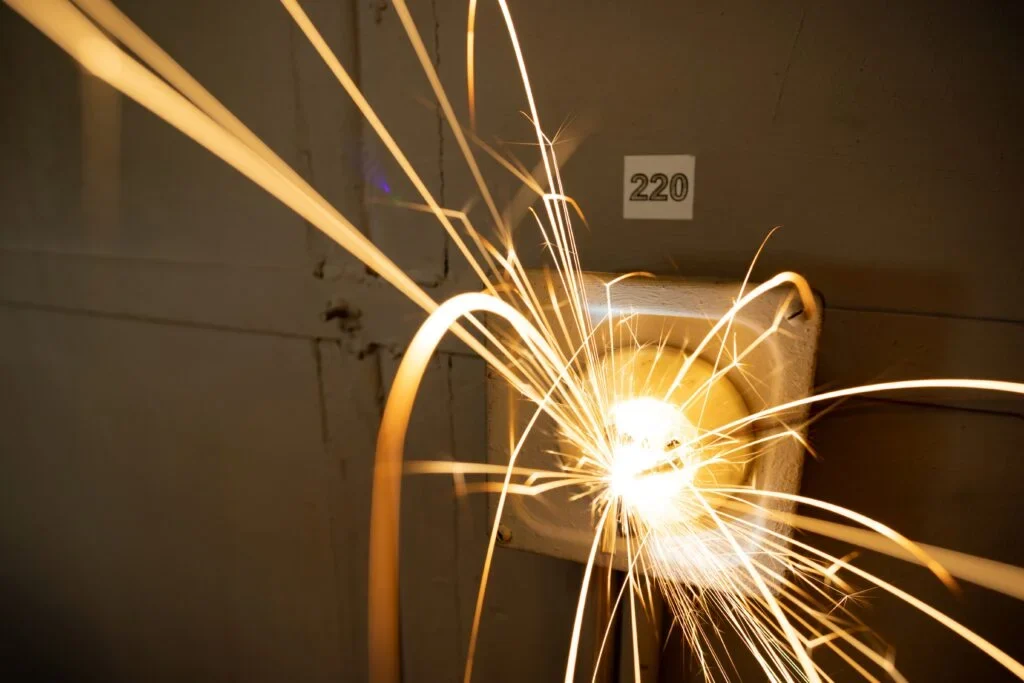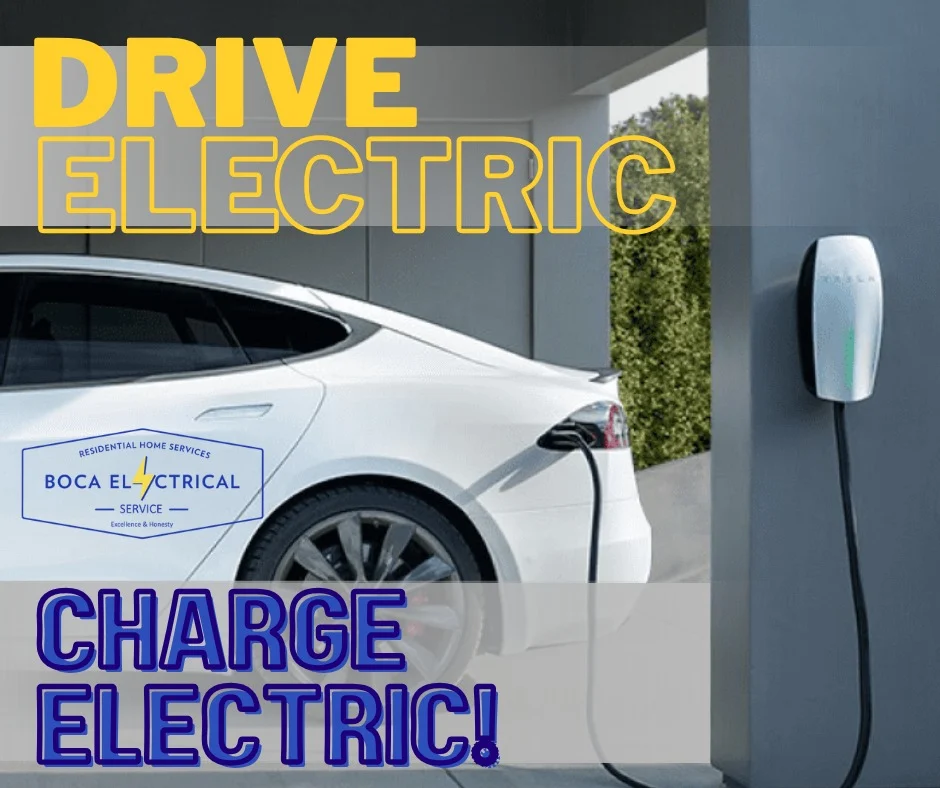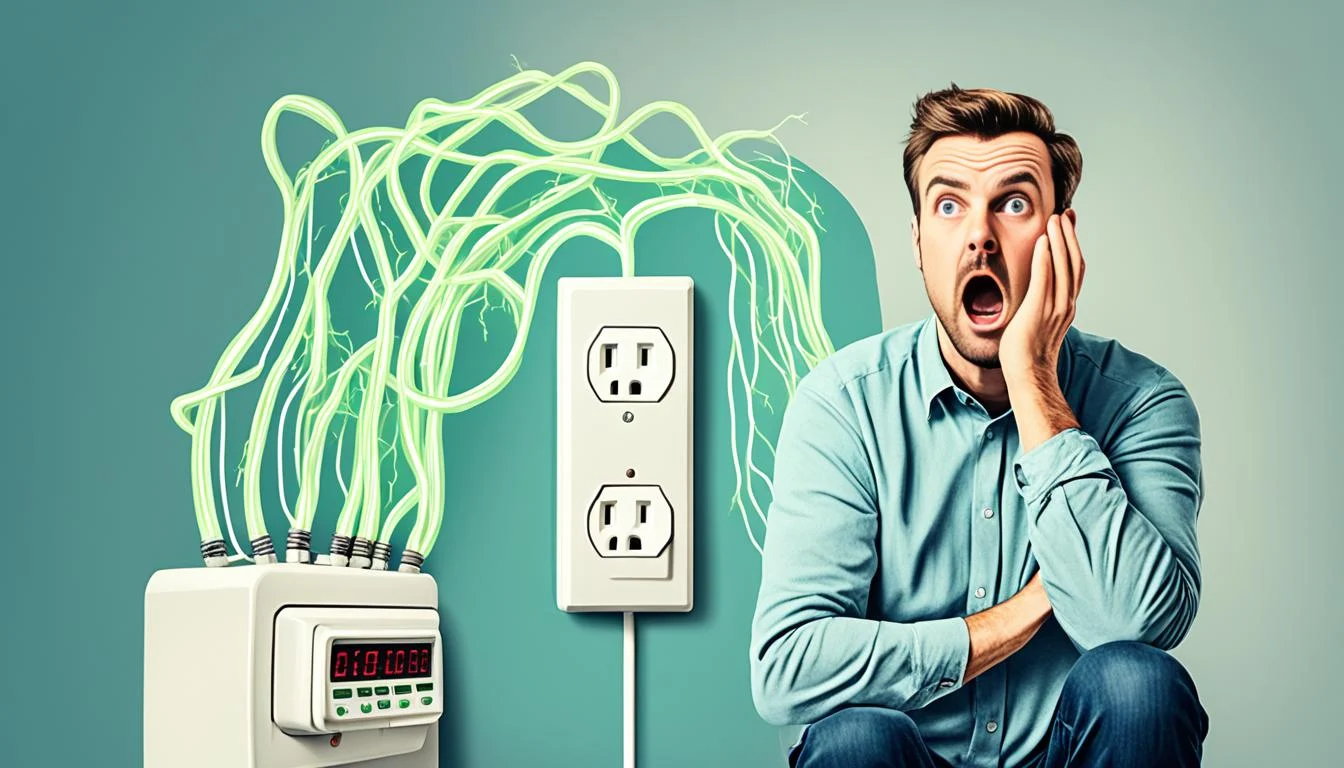In a world where our homes are powered by delicate electronics and appliances, protecting them from unexpected surges is more important than ever. A whole house surge protector serves as the first line of defense, safeguarding your valuable devices against potentially destructive voltage spikes caused by lightning strikes, utility issues, or even a simple power outage. This comprehensive guide will walk you through everything you need to know about whole house surge protector installation, ensuring your home remains a sanctuary of safety. From understanding the components to locating trusted installation experts near you, we’ll equip you with the essential knowledge to make informed decisions. Empower your home with resilience by learning how to effectively install a whole house surge protector, keeping your electronics running smoothly and extending their lifespan. Don’t wait for the next surge—take proactive steps to protect what matters most.
Understanding Whole House Surge Protectors
In the modern household, electronics and appliances play a crucial role in our daily lives. From entertainment systems and computers to kitchen gadgets and heating systems, our homes are filled with devices that rely on a steady flow of electricity. However, this dependency also makes us vulnerable to power surges, which can cause significant damage to our valuable electronics. That’s where whole house surge protectors come into play.
Whole house surge protectors are devices designed to protect your entire electrical system from voltage spikes. These spikes can be caused by various factors such as lightning strikes, power outages, and fluctuations in the utility grid. By installing a whole house surge protector, you can safeguard all the electronic devices in your home, ensuring they remain functional and safe from unexpected power surges.
Understanding the importance of surge protection is the first step in protecting your home. Whole house surge protectors act as a barrier, absorbing and redirecting excess voltage away from your electrical system. This not only protects your devices but also prevents potential electrical fires that can be caused by power surges. By investing in a whole house surge protector, you are taking a proactive step towards safeguarding your home and your valuable electronics.
The Importance of Surge Protection for Your Home
Power surges are more common than many homeowners realize. They can occur for a variety of reasons, including lightning strikes, sudden power outages, and issues with the local utility grid. When a power surge occurs, the excess voltage can travel through your electrical system, potentially damaging or destroying any connected electronic devices. This can lead to costly repairs or replacements, as well as significant inconvenience.
The importance of surge protection cannot be overstated. Without it, your home and all its valuable electronics are at risk. A single power surge can cause irreversible damage to devices such as computers, televisions, and kitchen appliances, leading to significant financial loss. Additionally, power surges can cause electrical fires, posing a serious safety risk to your home and family.
By installing a whole house surge protector, you can mitigate these risks and ensure the longevity of your electronic devices. Surge protectors work by diverting excess voltage away from your electrical system, preventing it from reaching your devices and causing damage. This not only protects your electronics but also provides peace of mind, knowing that your home is safeguarded against unexpected power surges.
How Whole House Surge Protectors Work
Whole house surge protectors are designed to protect your entire electrical system from voltage spikes. They are typically installed at the main electrical panel, where they can monitor and control the flow of electricity throughout your home. When a surge occurs, the surge protector detects the excess voltage and diverts it away from your electrical system, preventing it from reaching your connected devices.
The key components of a whole house surge protector include metal oxide varistors (MOVs) and gas discharge tubes (GDTs). These components work together to absorb and redirect excess voltage, ensuring that only safe levels of electricity reach your devices. MOVs are designed to absorb excess voltage and dissipate it as heat, while GDTs provide a path for the excess voltage to be safely diverted away from your electrical system.
In addition to these components, whole house surge protectors also feature built-in indicators that notify you when the device is functioning correctly or requires maintenance. This allows you to monitor the status of your surge protector and ensure that it is always providing the necessary protection for your home. By understanding how whole house surge protectors work, you can make informed decisions about the best protection for your home and electronic devices.
Key Features to Look for in a Surge Protector
When selecting a whole house surge protector, it’s important to consider several key features to ensure you are getting the best protection for your home. One of the most important features to look for is the surge protector’s clamping voltage, which indicates the voltage level at which the device will begin to divert excess voltage away from your electrical system. A lower clamping voltage provides better protection, as it means the surge protector will activate sooner to prevent damage to your devices.
Another important feature to consider is the surge protector’s energy absorption rating, which measures the amount of energy the device can absorb before it fails. This rating is typically measured in joules, with higher ratings indicating greater protection. Look for surge protectors with a high energy absorption rating to ensure they can handle larger surges and provide long-lasting protection for your home.
Additional features to consider include response time, which indicates how quickly the surge protector will react to a power surge, and the presence of multiple protection modes, which provide additional layers of protection for your electrical system. Some surge protectors also come with built-in diagnostic tools and indicators that allow you to monitor the device’s status and ensure it is functioning correctly. By considering these key features, you can select a whole house surge protector that provides the best protection for your home and electronic devices.
Signs You Need a Whole House Surge Protector
There are several signs that indicate you may need a whole house surge protector to protect your home and electronic devices. One of the most common signs is experiencing frequent power surges or electrical issues in your home. If you notice that your lights are flickering, your appliances are malfunctioning, or your electronic devices are frequently needing repairs or replacements, it may be a sign that your home is experiencing power surges.
Another sign that you may need a whole house surge protector is living in an area that is prone to lightning strikes or severe weather. Lightning strikes can cause significant voltage spikes that can damage your electrical system and connected devices. If you live in an area with frequent thunderstorms or other severe weather conditions, installing a whole house surge protector can provide the necessary protection to prevent damage to your home and electronics.
Additionally, if you have recently invested in new electronic devices or appliances, it is important to protect these valuable investments with a whole house surge protector. Power surges can cause significant damage to new and expensive electronics, leading to costly repairs or replacements. By installing a surge protector, you can ensure the longevity and functionality of your new devices, protecting your investment and providing peace of mind.
DIY vs. Professional Installation: Pros and Cons
When it comes to installing a whole house surge protector, homeowners have the option of doing it themselves or hiring a professional electrician. Each option has its own set of pros and cons, and it is important to consider these factors before making a decision.
DIY installation can be a cost-effective option for homeowners who have experience working with electrical systems and feel confident in their ability to install the surge protector correctly. By installing the device themselves, homeowners can save on labor costs and have the satisfaction of completing the project on their own. However, DIY installation also comes with risks. If the surge protector is not installed correctly, it may not provide the necessary protection, and there is a risk of electrical hazards.
On the other hand, hiring a professional electrician to install a whole house surge protector ensures that the device is installed correctly and safely. Professional electricians have the knowledge and experience to handle complex electrical systems and can provide expert advice on the best surge protector for your home. While the cost of professional installation may be higher, it provides peace of mind knowing that the surge protector is installed correctly and will provide the necessary protection for your home and electronic devices.
Ultimately, the decision between DIY and professional installation will depend on your level of experience with electrical systems and your comfort level with handling the installation process. It is important to weigh the pros and cons of each option and make an informed decision that ensures the safety and protection of your home.
Steps for Installing a Whole House Surge Protector
Installing a whole house surge protector involves several steps to ensure the device is installed correctly and provides the necessary protection for your home. The first step is to select the right surge protector for your home. Consider the key features discussed earlier, such as clamping voltage, energy absorption rating, and response time, to ensure you are getting the best protection for your electrical system.
Once you have selected the surge protector, the next step is to turn off the main power supply to your home. This is a crucial step to ensure your safety while working with the electrical system. After turning off the power, locate the main electrical panel and remove the cover to access the wiring.
The surge protector will need to be connected to the main electrical panel, typically at the breaker or fuse box. Follow the manufacturer’s instructions for connecting the surge protector to the electrical panel, ensuring that all connections are secure and properly insulated. After connecting the surge protector, replace the cover on the electrical panel and turn the main power supply back on.
Finally, test the surge protector to ensure it is functioning correctly. Many surge protectors have built-in indicators that will notify you if the device is working properly. If the indicator shows that the surge protector is functioning, you can rest assured that your home and electronic devices are protected from power surges. If you encounter any issues during the installation process, it is recommended to consult a professional electrician for assistance.
Maintenance Tips for Your Surge Protection System
Maintaining your whole house surge protector is essential to ensure it continues to provide effective protection for your home and electronic devices. Regular maintenance can help identify any issues with the surge protector and ensure it is functioning correctly.
One important maintenance tip is to regularly check the indicators on the surge protector to ensure it is functioning properly. Many surge protectors have built-in indicators that will notify you if the device is working correctly or if it requires maintenance. By regularly checking these indicators, you can identify any issues early and take the necessary steps to address them.
Another important maintenance tip is to inspect the surge protector and the electrical panel for any signs of damage or wear. Look for any loose connections, frayed wires, or signs of overheating. If you notice any issues, it is important to address them immediately to ensure the surge protector continues to provide effective protection.
Additionally, it is recommended to have your whole house surge protector inspected by a professional electrician every few years. A professional can perform a thorough inspection of the surge protector and the electrical system to ensure everything is functioning correctly. They can also provide expert advice on any necessary maintenance or upgrades to ensure your home remains protected from power surges.
Cost Considerations for Installation and Upkeep
The cost of installing and maintaining a whole house surge protector can vary depending on several factors, including the type of surge protector, the complexity of the installation, and the cost of professional labor. It is important to consider these factors when budgeting for the installation and upkeep of your surge protection system.
The cost of a whole house surge protector can range from $50 to $300, depending on the features and protection level. Higher-end surge protectors with additional features and higher energy absorption ratings will typically cost more. It is important to invest in a quality surge protector to ensure effective protection for your home and electronic devices.
The cost of professional installation can also vary, with prices ranging from $100 to $300 depending on the complexity of the installation and the rates of the electrician. While professional installation may be more expensive, it ensures the surge protector is installed correctly and safely, providing peace of mind and effective protection for your home.
In addition to the initial cost of installation, it is important to consider the cost of regular maintenance for your surge protection system. Regular inspections and maintenance by a professional electrician can help identify and address any issues with the surge protector, ensuring it continues to provide effective protection. The cost of maintenance can vary, but it is a worthwhile investment to ensure the longevity and functionality of your surge protection system.
Conclusion: Safeguarding Your Home from Power Surges
In conclusion, protecting your home and electronic devices from power surges is essential to ensure their longevity and functionality. Whole house surge protectors provide effective protection against voltage spikes caused by lightning strikes, power outages, and utility issues. By understanding the importance of surge protection, how whole house surge protectors work, and the key features to look for, you can make informed decisions to safeguard your home.
Whether you choose to install the surge protector yourself or hire a professional electrician, it is important to follow the necessary steps to ensure the device is installed correctly and safely. Regular maintenance and inspections are also crucial to ensure the surge protector continues to provide effective protection for your home.
While the cost of installation and upkeep may vary, investing in a quality surge protector and professional installation is a worthwhile investment to protect your valuable electronic devices and ensure the safety of your home. By taking proactive steps to protect your home from power surges, you can enjoy peace of mind knowing that your electronic devices are safeguarded against unexpected voltage spikes.
Don’t wait for the next power surge to cause damage to your home and electronics. Take action now to install a whole house surge protector and protect what matters most. Your home and electronic devices are valuable investments, and protecting them with a whole house surge protector is a smart and proactive decision.

